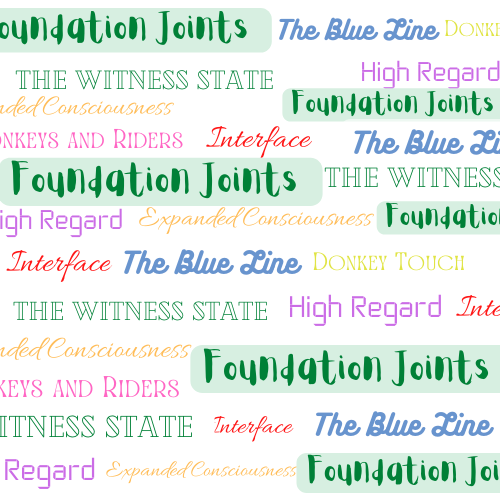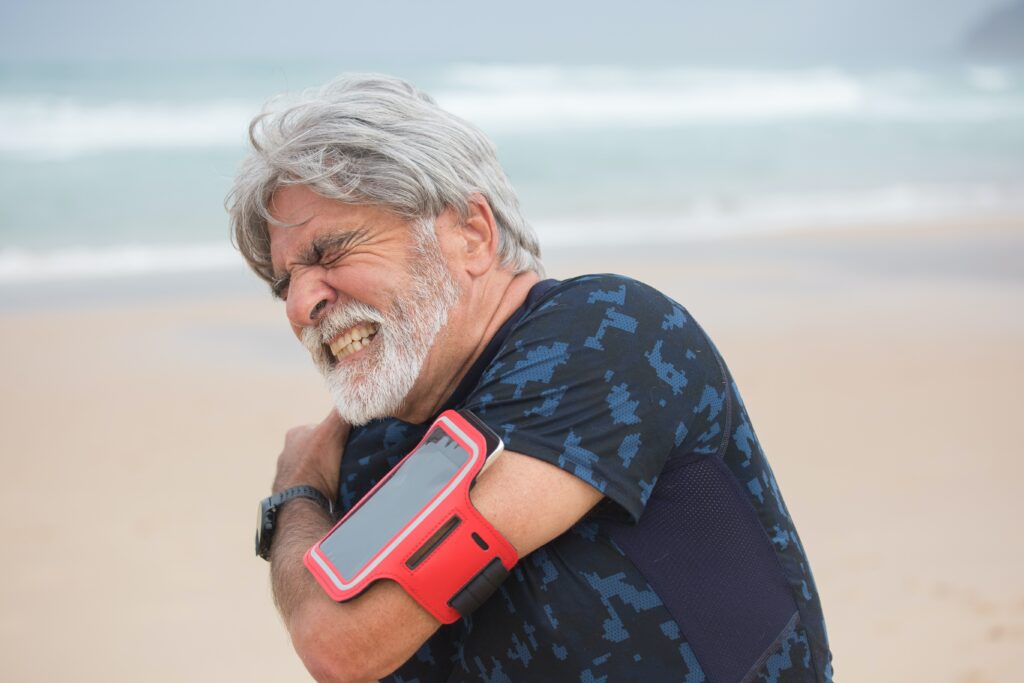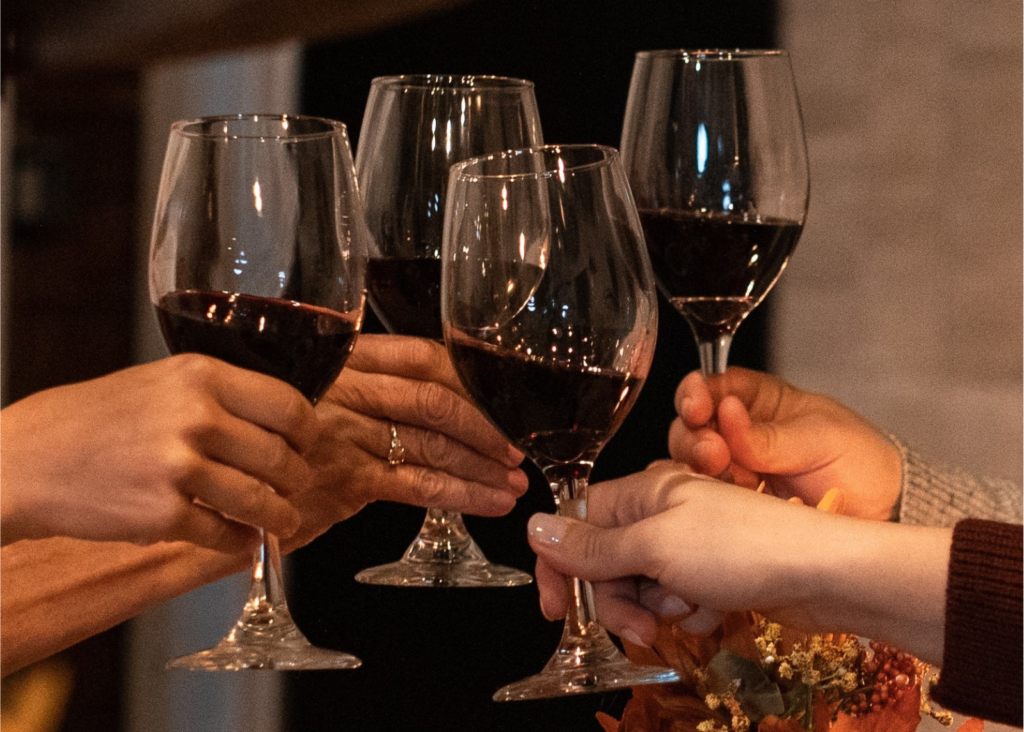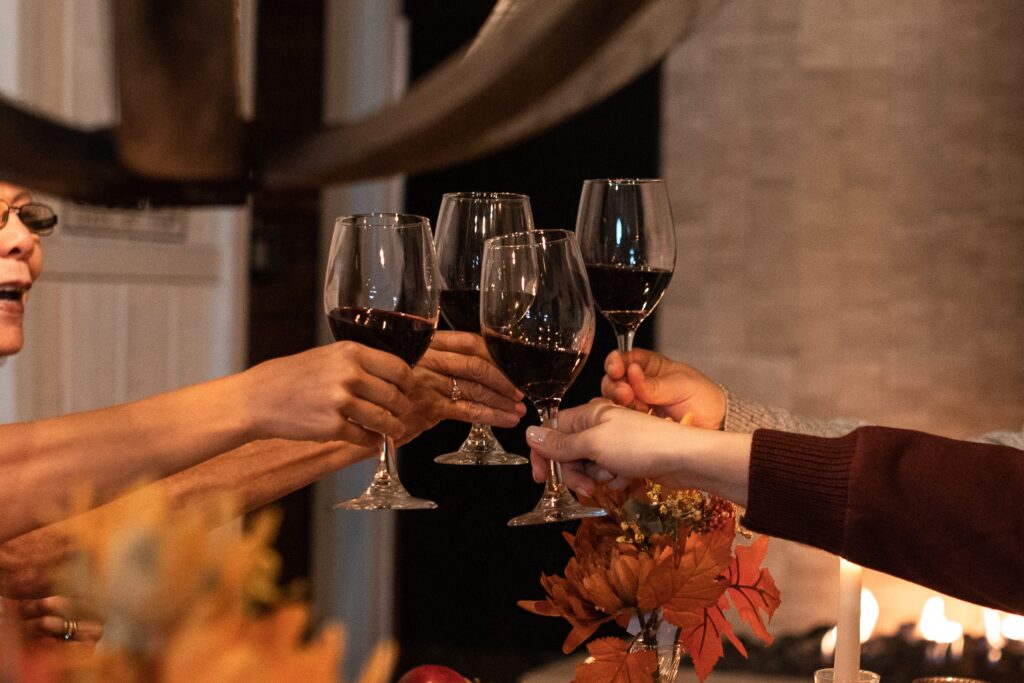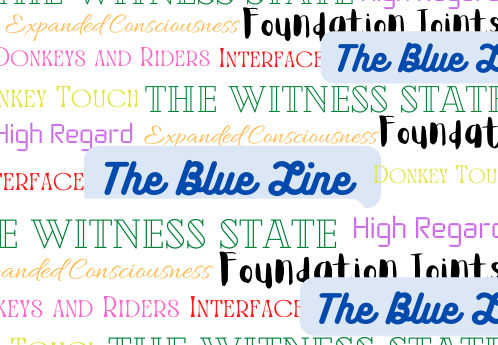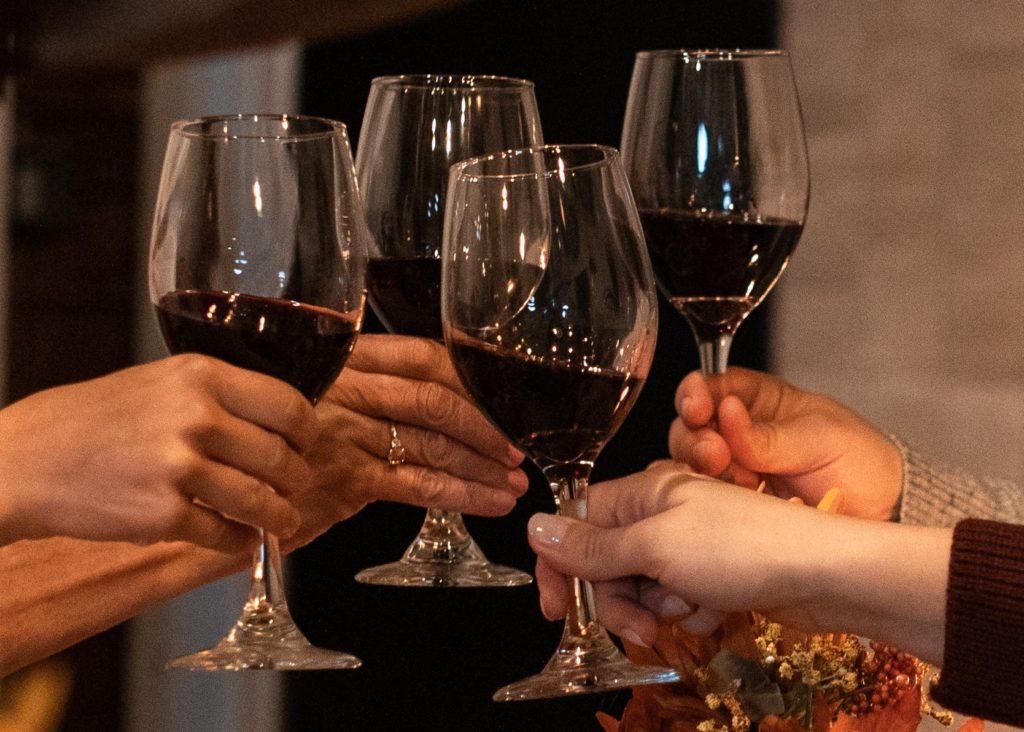
It’s easy to forget how good you can feel, isn’t it? Wouldn’t you like to feel good every day? Do you think it’s possible? Have you decided the way you feel is good enough? Think about your daily experience. Perhaps you have some aches and pains, but you’re ok. Would you like to feel better than ok? Don’t settle. Read on for a simple way to amplify feeling good.
I think many of us settle for feeling ok rather than feeling good. Perhaps we are just too busy with the day-to-day to even think about these things. As long as something doesn’t hurt enough to stop us, we keep barreling ahead. Or perhaps we believe that feeling good or even great isn’t possible.
I recall a time as a teenager when my severe menstrual cramps finally let up after hours of pain. When I think of it, I can still feel how great my body felt. The relief seemed to spread through all of me and I felt so good. It was more than the absence of pain. There was a presence of feeling good. And remembering it now actually recreates the good feeling in my body that I had so many years ago.
How can that be? One way to explain this phenomenon is through the lens of Zero Balancing (ZB). In the ZB world view, everything we experience is vibratory in nature. Thoughts and experiences are held in our tissues as vibration. Vibration can be amplified by attention. Think about the last time you experienced pleasure, something particularly delicious to eat for example. If you closed your eyes and focused your attention on the taste, it tasted even better. Your increased attention amplified the vibration of enjoyment.
I remember feeling how good it felt to be without those awful cramps and how much I enjoyed the feeling of being pain free. Without knowing it, my attention amplified the vibration of feeling good and it’s still accessible to me all these years later.
That’s the trick. Simply feel how good it feels to feel good and watch what happens.
You can practice this phenomenon by noticing and then focusing on a good feeling while it is happening.
For example, how does it feel when you feel good physically? The next time you have a good workout or a particularly satisfying meal, focus on how good the sensation feels.
How does it feel when you feel good emotionally? Think back to a time when you felt worried or sad. How did you feel when the situation was resolved? The next time you experience worry changing to relief or being comforted in your sadness, dive into how it feels.
How does it feel when you feel good mentally? Perhaps your mind has let go of the thoughts that usually chase each other around in your head. Perhaps your mind is engaged in a pleasurable work activity or a creative endeavor. When you next have a creative insight or a moment of quiet in your mind, really feel how good that feels.
How does it feel when you feel good spiritually? Have you ever experienced a sense of serenity or peace? This may happen while meditating or praying. It may happen when viewing a sunset or walking in nature. Notice the next time it happens and focus on how good it feels.
By bringing your attention to feeling good, you intensify and anchor that vibrational pattern in your body. You can improve your life by feeling how good it feels to feel good. Try it and s

